When will we get “Super-LASIK?”
Published by on July 5, 2011
This question was posed on Quora, here is my answer:
A few years ago there was a lot of discussion amongst refractive surgeons about “super vision” or “super LASIK” which was supposed to correct people even better than the long-standard for “normal” vision of 20/20. Much of this talk has subsided, however, as we have learned how complicated the factors that lead to visual quality can be, and how difficult it is to predict who will and who will not achieve this level of vision.
There are many factors that enter in to a given individual’s ability to see. Certainly the refractive error, such as nearsightedness or astigmatism, is a major contributor. However, there are other parts of the visual system, including the retina and brain, that ultimately affect visual quality. So if we are able to completely correct the refractive error in a given eye with LASIK, then the visual potential of that eye is now dependent upon the rest of the visual system.
For the average human retina and brain, this potential is around 20/12, but many eyes are not able to see that precisely, and some are able to see even better. There is confusion amongst patients, and even many doctors, about the role that “Custom” correction plays in the LASIK world. Custom is another word (actually a trademarked term) for Wavefront-guided LASIK.
Wavefront-Guided LASIK attempts to correct high-order aberrations (such as spherical aberration and Coma) as well as low-order aberrations (such as the myopia and astigmatism that are corrected by glasses). Although this is nice in theory, the reality is that it has some drawbacks. The biggest problem is that wavefront-guided treatments correct theentire sum of refractive aberrations on the anterior corneal surface, regardless of where the aberrations actually arise.
It is true that patients may see better than 20/20 after Custom LASIK, but that is also true of patients after conventional LASIK. The reason that the data seems to suggest a higher rate of 20/15 after custom lasik is partly because the laser manufacturers quietly upgraded the treatment patterns of low order aberrations when they added custom treatment to the laser software.
In fact, if one looks closely at the FDA approval for one major laser platform, it says that high-order aberrations actually increased in patients after custom treatments. The key is, however, that they did not increase as much as conventional treatments on the same laser platform. The best treatment technique, in my opinion, is Wavefront-optimized treatments which do not attempt to treat aberrations on the anterior corneal surface that did not arise from there, but rather attempt to decrease the creation of aberrations at the time of LASIK. These patients have tremendous results, and a high percentage of them achieve “super vision” or vision of 20/15 or better!

Lance Kugler, MD, is a specialist in LASIK and vision correction surgery and CEO of Kugler Vision. A proud Omaha native, he is passionate about improving lives through clear vision. Dr. Kugler serves on several national boards, and his practice is recognized internationally as a center of excellence. Dr. Kugler is one of the original founders of the Refractive Surgery Alliance, an international organization comprised of over 350 of the world’s leading vision correction surgeons; he also served as its first president. In 2019, Dr. Kugler was selected as a TEDx speaker, and delivered a talk in Omaha about the worldwide epidemic of nearsightedness and refractive solutions. Dr. Kugler is an Associate Professor of Refractive Surgery at the University of Nebraska Medical Center’s Truhlsen Eye Institute, has been published in many medical journals, and participates in numerous clinical studies to advance the field of vision correction surgery. Additionally, Dr. Kugler is proud to be a Board Certified Fellow of the World College of Refractive Surgery & Visual Sciences. Dr. Kugler and his wife are proud parents to five active kids. When he has a spare moment, he enjoys skiing, tennis, travel, and fine coffee.




Leave a Reply